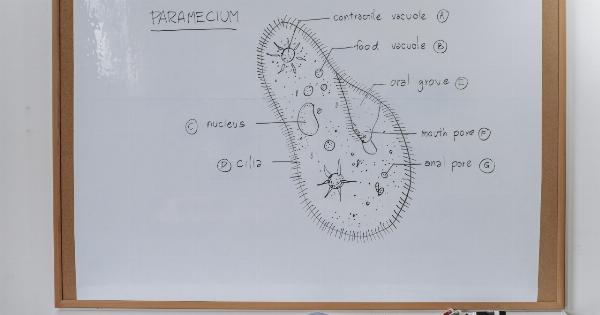Cervical cancer is a common type of cancer that affects the cervix of women. The cervix is the lower part of the uterus that connects the vagina. Cervical cancer usually occurs due to the human papillomavirus (HPV) infections.
The most common treatment for cervical cancer is surgery, which can include a radical hysterectomy or a trachelectomy. However, these surgeries can lead to infertility. Conservative surgery for cervical cancer aims to remove the cancerous cells while preserving fertility.
Types of Conservative Surgery
There are two main types of conservative surgery for cervical cancer, which include:.
- Conization: This surgery aims to remove the cancerous cells from the cervix. A cone-shaped piece of tissue is removed from the cervix. This surgery can only be done if the cancer is confined to the surface of the cervix.
- Trachelectomy: This surgery aims to remove the cervix while preserving the uterus. This surgery is recommended for women with early-stage cervical cancer who want to have children in the future.
How does Trachelectomy work?
Trachelectomy is a surgery that aims to preserve fertility by removing the cervix while preserving the uterus. During the surgery, the cervix is removed along with some of the surrounding tissue, including the upper part of the vagina.
The uterus is then attached to the remaining part of the vagina. This surgery can be done either through the abdomen or the vagina. The success rate of trachelectomy for preserving fertility is around 70-85%.
Risks Associated with Conservative Surgery
Conservative surgery for cervical cancer is a safe procedure, but it is not without risks. Some of the risks associated with conservative surgery include:.
- Heavy bleeding
- Infection
- Damage to nearby organs such as bladder and rectum
- Scar tissue formation that may affect future fertility
Who is a Candidate for Conservative Surgery?
Conservative surgery is recommended for women with early-stage cervical cancer who want to have children in the future. The following factors are considered when determining if a woman is a candidate for conservative surgery:.
- The cancer should be confined to the cervix only
- The size of the tumor should be less than 2 cm
- The cancer should not have spread beyond the cervix
- The woman should have a good general health
- The woman should have a strong desire to preserve fertility
Follow-up after Conservative Surgery
After the surgery, the woman will need to have regular follow-up visits to monitor the cancer and her fertility. The following tests may be done:.
- Pelvic exam
- Pap test to check for abnormal cells on the remaining cervix
- Ultrasound to monitor the uterus and ovaries
- MRI or CT scan to check for any signs of cancer recurrence
Conclusion
Conservative surgery for cervical cancer is a viable option for women who want to preserve their fertility. This type of surgery aims to remove the cancerous cells while preserving the uterus.
Conization and trachelectomy are the main types of conservative surgery for cervical cancer. Although conservative surgery is safe, it is not without risks, and follow-up visits are necessary to monitor the cancer and fertility.






























